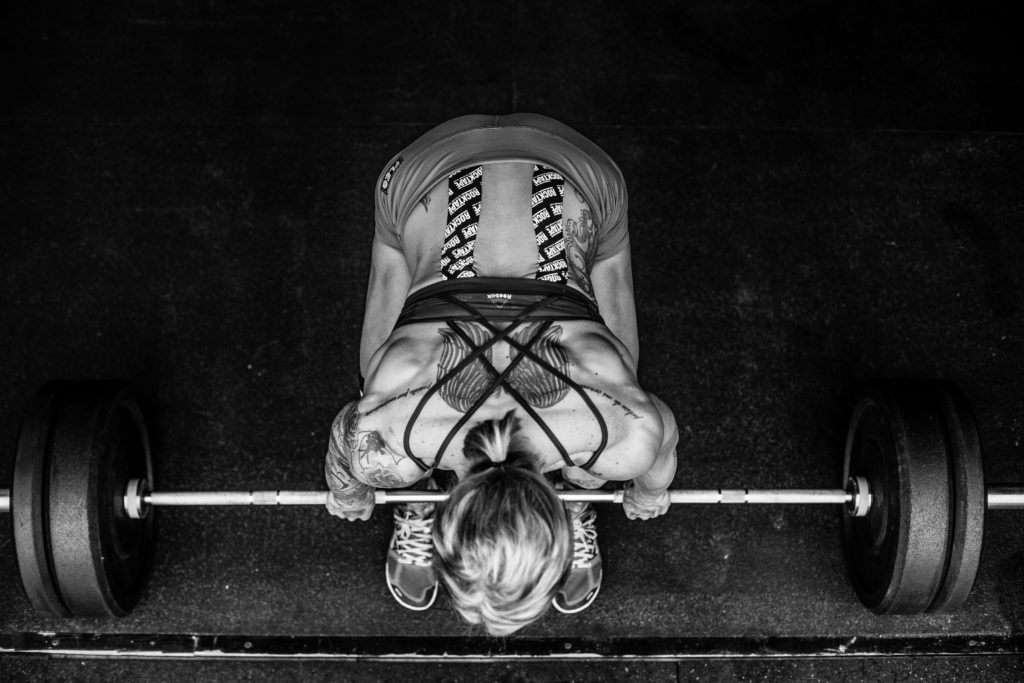
Posture – A Learned Muscle Pattern
Posture influences everything when it comes to human performance and how the body functions. Having a more forward head or rounded shoulder posture leads to multiple problems in the shoulder and neck. Thisflexed posture can also set up a myriad of issues with back pain—in boththoracic andlumbar regions. Even with coaching and exercise, people still have difficulty changing posture because it’s a habit. It is a deeply ingrained, learned muscle pattern. This pattern is practiced daily and programmed by our life activities (or lack thereof).
Consider all the stimuli that pull you into these poor patterns.Reading this article is drawing you into this posture. Using our phones and computers, driving, even the elderly using an assistive device pull them into theseflexion patterns.
Ever tried cuing someone to sit up tall? How long does that usually last? Ten seconds? Fifteen? People can often improve their position, but are not able to hold the position. Even osteoporosis patients suffering fromthoracic vertebral wedging have been shown to make improvements in posture with completing extension exercises (Mika).
In order to improve patterns of movement and motor control, we must practice—thousands of hours of practice to be exact—to develop a strong pattern. Think about an athlete swinging a bat or shooting a basketball and all the hours it takes to develop that consistent pattern. Most people don’t think about posture, and therefore spend thousands of hours practicing flexion and falling closer to their digital touch screens.
Studies: Postural Taping Decreases Deviation
We need a tool to influence posture on a consistent basis. If we can provide a more consistent subconscious message to the brain, maybe we can facilitate it practicing a better posture.
 The skin andfascial system are the most sensory dense tissue in the body (Stecco et al). This system takes in information about the environment and sends it to the subconscious brain—the same system that causes you to pull away when you touch something sharp, or something hot—the same system that causes you to shorten your step and widen your base of support if the floor is slippery.
The skin andfascial system are the most sensory dense tissue in the body (Stecco et al). This system takes in information about the environment and sends it to the subconscious brain—the same system that causes you to pull away when you touch something sharp, or something hot—the same system that causes you to shorten your step and widen your base of support if the floor is slippery.
Applyingkinesiology tape to the skin has been shown to decrease postural sway and decrease postural deviation when fatigue is present (Thedon et al). This is important, because people often blame fatigue for their poor posture, but now we have some data and clinical evidence suggesting kinesiology tape can help prevent postural sway when fatigue is present.
Over my career, the most powerful postural taping I have found has used a simple approach. Place the client in the most ideal position (that they can tolerate) and then place tape on the skin, The tape should be placed so that when the person starts to return to a undesired posture, the tape stretches and stimulates the skin. This stimulation will likely cause an effect on the underlying muscle tone and the brain will ideally return the person to the desired position.
How to Apply Tape
Common questions in taping are what direction to use the tape and how much stretch. Little evidence exists in this category, but the trends are showing that these specifics are inconsistent in research and therefore hard to enforce as rules or “always” strategies. The only guideline is, did you get the desired response you intended? If the client’s response is negative, then consider another strategy. We tend to see that positioning the client properly and then applying the tape with no stretch leads to an effective outcome. However all nervous systems are different and respond to varying intensities.
A major consideration in posture is that clients are blissfully unaware of it. By applying kinesiology tape to the skin, the client will become acutely and consistently aware of his/her position. This may lead to soreness of muscles or just patient frustration as they begin to realize how consistently they are pulled into a poor posture. For this reason, use the tape at a minimally effective dose and avoid too much tape and overstretching.
A common clinicians’ mistake is using the tape to try to pull structures into place. This is NOT the correct way. Do not use the tape to pull things, but rather use the tape to stimulate the brain to pull structures. Increased tension in the tape can lead to skin breakdown and irritability. Many factors influence posture, and this is not an all-inclusive solution. However, using tape can give us leverage as clinicians to help guide the change we strive for.
References:
Mika A, Viswanath U, Mika P. “Difference in Thoracic Kyphosis and in Back Muscle Strength in Women with Bone Loss Due to Osteoporosis.”Spine 30.2 (2005): 241-46.
Stecco, Carla et al. “Histological Study of Deep Fasciae of the Limbs.”Journal of Bodywork and Movement Therapies 12.3 (2008): 225-30.



